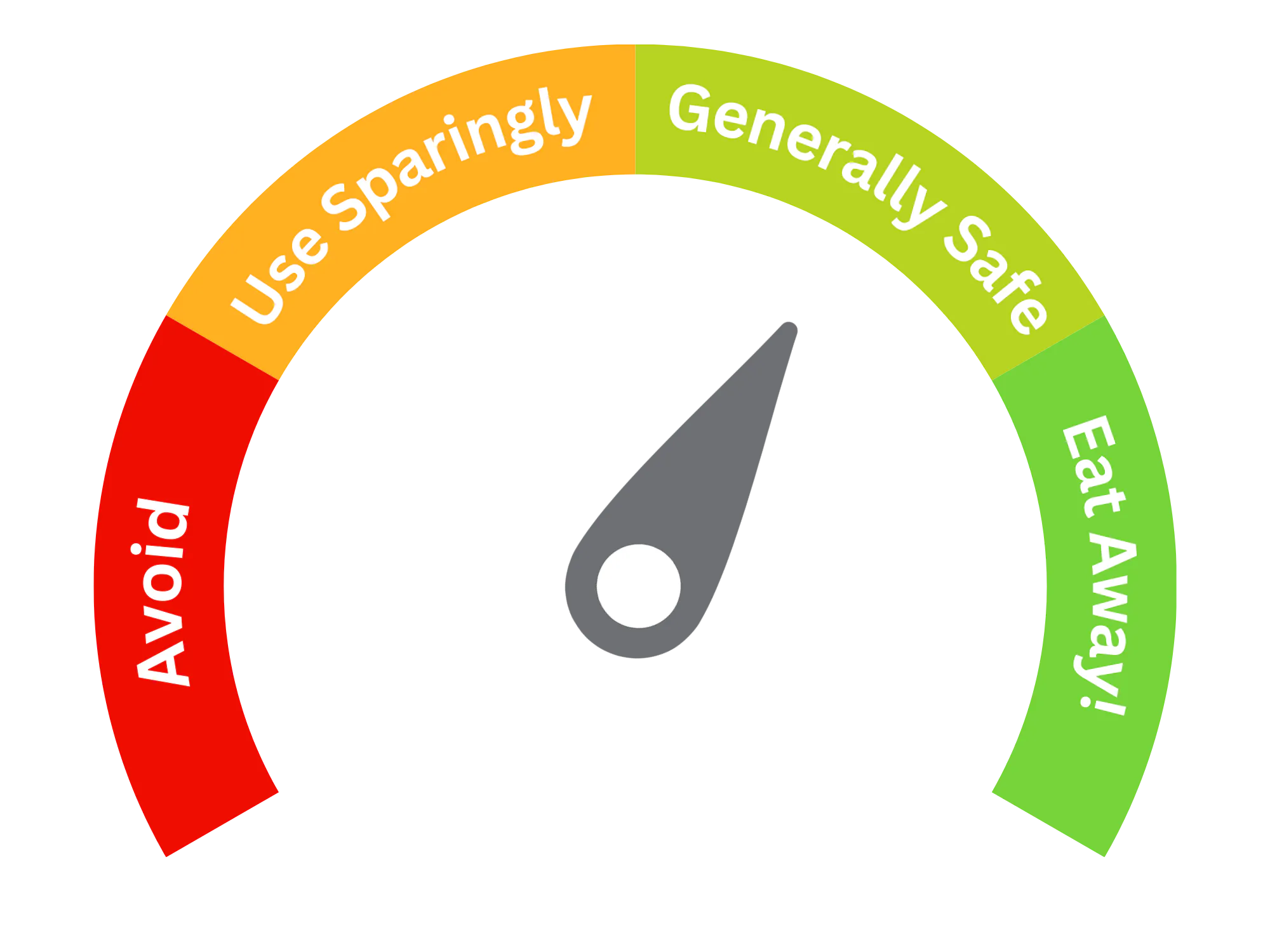Sodium Lactate (E325)
| Type of additive (Glossary) | Acidity Regulators, Preservatives, Antioxidants, Bulking Agents, Emulsifiers, Humectants, Thickeners |
| E Number | E325 |
| Chemical Formula | C3H5NaO3 |
| Also Known As | Sodium DL-lactate Lactic acid sodium salt |

Purpose and Function
Sodium Lactate (E325) is used in the food industry as an acidity regulator and preservative. It helps to maintain the pH balance of food products, extend shelf life, and improve texture. Its hygroscopic properties also help retain moisture. Common applications include:
- Processed meats: Used to enhance flavor, extend shelf life, and improve moisture retention in products like sausages, ham, and deli meats.
- Baked goods: Helps regulate acidity and extend the shelf life of bread, cakes, and pastries.
- Dairy products: Found in products like cheese to help maintain freshness and texture.
- Sauces and dressings: Acts as a stabilizer and acidity regulator.
- Beverages: Used in electrolyte drinks for its role in balancing pH and providing a sodium source.
Sodium Lactate (E325) is derived from lactic acid, which occurs naturally during the fermentation of sugars.
Potential Risks and Side Effects
Sodium Lactate (E325) is generally considered safe for consumption, with minimal risks when used within regulated limits. Some considerations include:
- Sodium content: Since it is a sodium salt, people on a low-sodium diet should be mindful of the sodium contribution from products containing sodium lactate.
- Lactic acid sensitivity: Though rare, individuals with lactic acidosis or other metabolic conditions should consult a healthcare professional regarding the use of products with lactic acid derivatives.
- Regulatory approval: Sodium Lactate (E325) is approved for use in many countries, including the European Union and the United States, where it is considered safe and widely used in various food products.
Overall, Sodium Lactate (E325) is regarded as a safe and effective food additive with multiple functional benefits.
